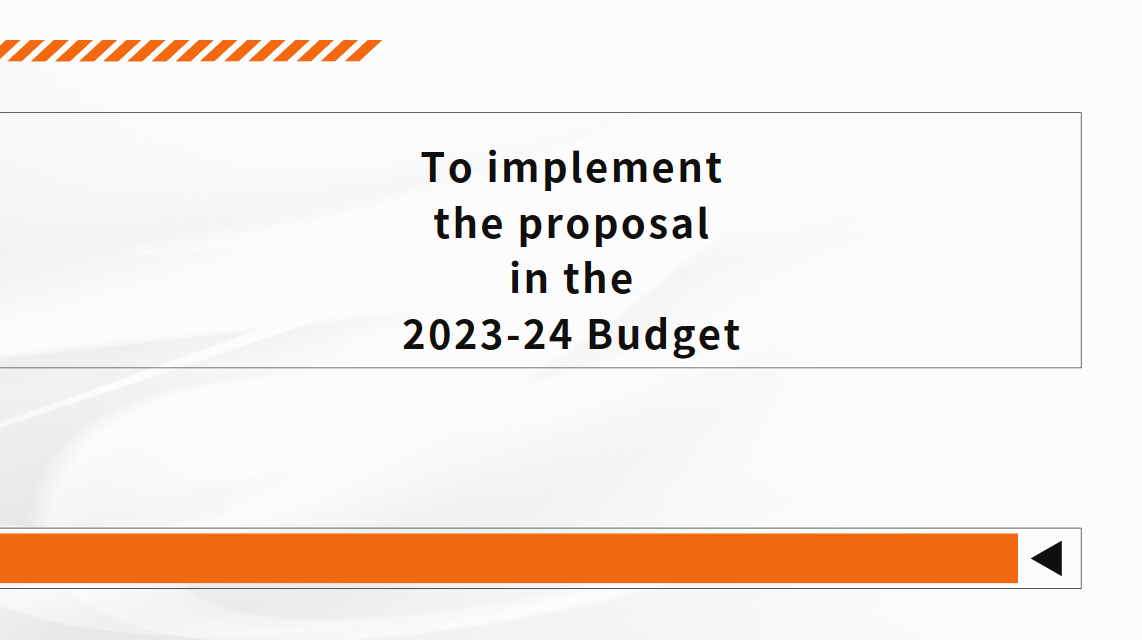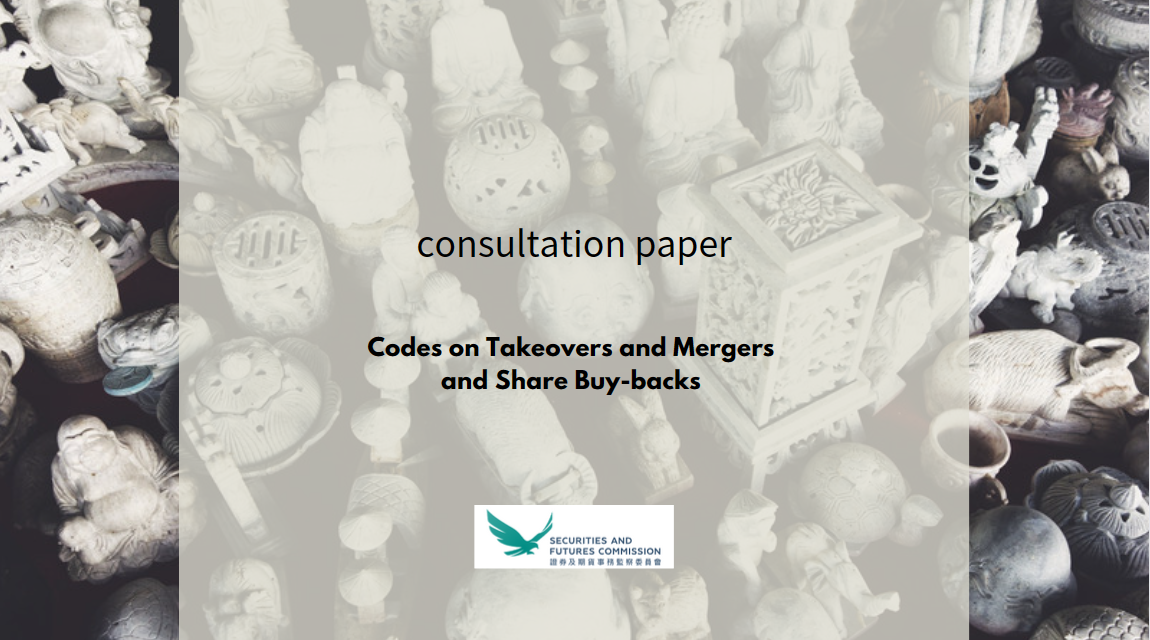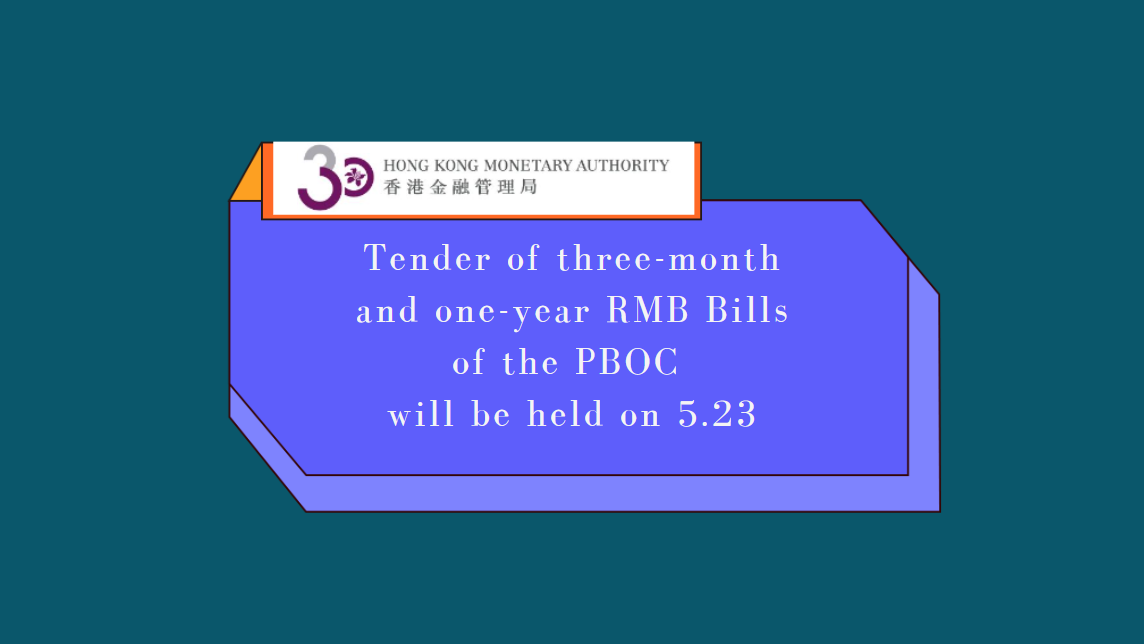Hong Kong's pioneering role in the evolution of money
Digital finance is an important area of focus for all international financial centres, as integrating technology into financial solutions is essential to maintaining competitiveness. Hong Kong is already making rapid progress.
Milestones over the last year include: the introduction of a holistic regulatory framework for virtual assets, as well as the Hong Kong SAR government’s issuance of a tokenised green bond, the first ever to be issued by a government. Also, the Hong Kong Monetary Authority (HKMA) set out its policy stance for on a retail Central Bank Digital Currency (CBDC) and is a Steering Committee member of the mBridge cross-border wholesale CBDC project.
The last development is particularly significant, as CBDCs have the potential to completely change the way we think about money. The benefits that digital currencies could deliver were the subject of a panel discussion at City Week 2023 in London, with expert speakers discussing the major initiatives taking place in Hong Kong, as well as the underlying technology.
“The next 3 to 5 years will be transformative,” said Andrew Weir, Senior Partner, Hong Kong and Vice Chairman, KPMG China, KPMG. “A new ecosystem will develop that will help traditional companies settle their business digitally. So financial institutions will need real agility to navigate the opportunities and potential risks.”
A CBDC does more than just promote the shift towards a cashless society. A digital currency can enhance both efficiency and security. At the same time, it can also generate a large amount of useful data, allowing for a greater understanding of the flow of payments.
CBDCs in action
The Bank for International Settlement’s Innovation Hub Centre in Hong Kong is a pioneer in developing CBDC projects that address real-life pain points in the financial system. One project of note is mBridge, a wholesale cross-border CBDC solution that is the result of collaboration between four central banks: the Bank of Thailand, the Central Bank of the United Arab Emirates, the Hong Kong Monetary Authority, and the Digital Currency Institute of the People’s Bank of China.
mBridge is a multi-CBDC platform, based on its own new blockchain ledger, to support real-time, peer-to-peer, cross border payments and foreign exchange transactions using CBDCs. It also ensures compliance with the specific policies of each jurisdiction where it is used. The platform helps to address the high costs, low speed, and lack of transparency in the global network of correspondent banks.
In August - September 2022, 20 banks in Mainland China, Hong Kong, Thailand, and the UAE used mBridge to conduct payments and foreign exchange transactions – a world first for a CBDC project.
“The fact that central banks were having commercial banks on the platform doing real transactions on behalf of corporates is very significant,” said Benedicte Nolens, Head of the BIS Innovation Hub.
In addition to mBridge, the BIS Innovation Hub has coordinated several other collaborative CBDC projects in Hong Kong. These include Project Aurum, a full-stack CBDC system that comprises a wholesale interbank system and a retail e-wallet system; and Project Sela, which explores cybersecurity and the technical feasibility of an architecture that allows intermediaries to provide CBDC services without any financial exposure.
Realising interoperability
CBDCs are enabled by cutting-edge technological infrastructure, an area where Hong Kong is home to companies working on market-leading projects. The city is the headquarters of Red Date Technology, a company that creates public IT system infrastructures for use in digital economies, internet communication, and digital payments.
In January, at the World Economic Forum, Red Date Technology and co-builder GFT Technologies announced the Universal Digital Payment Network (UDPN) – an interoperable network that acts as a messaging backbone for government-regulated CBDCs and regulated stablecoins. It already has 15 proofs of concept, starting with the simple transfers of a stablecoin to more complex transactions, such as cross-institutional KYC, and ultimately CBDCs in a real infrastructure.
“The UDPN is the most advanced interoperability infrastructure for CBDCs and regulated stablecoins,” said Tim Bailey, Vice President of Global Sales, Red Date Technology. “We already have over 20 different commercial banks, central banks, and technology companies building on the network today, and we welcome the involvement of other institutions around the world.”
The Hong Kong advantage
All of these projects highlight the different ways that Hong Kong is leading the way in the development of CBDCs. At the centre of Asia, the city is well-placed to conduct collaborations across the region and beyond; while its proximity to Mainland China creates offshore opportunities related to the digital yuan, known as the eCNY. Those with an interest in the real-life application of CBDCs should therefore pay close attention to developments in Hong Kong.























































First, please LoginComment After ~